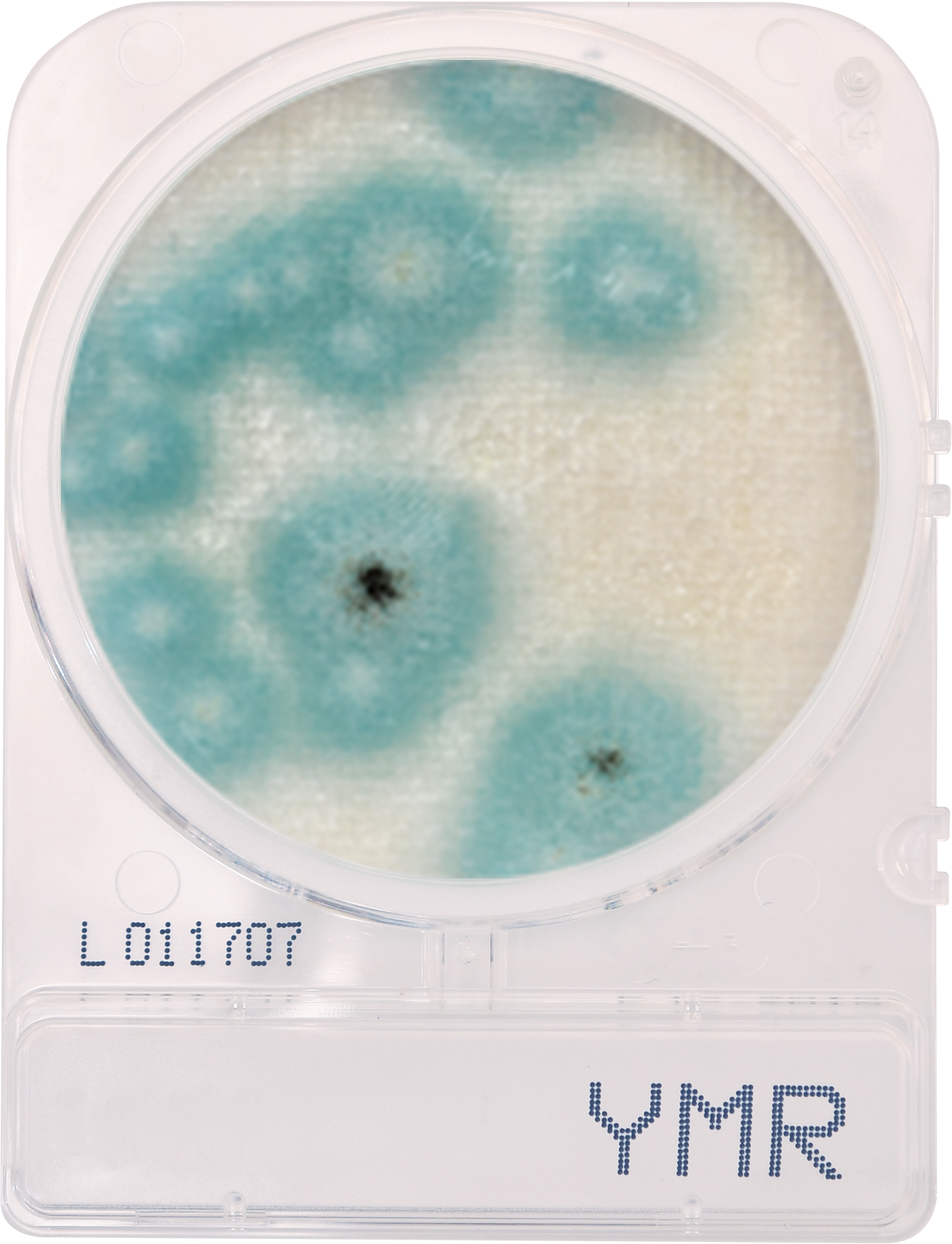Increasing cannabis use across the US has come with increased scrutiny of its health effects. Regulators and healthcare providers are not just concerned about the direct effects of inhaling or consuming cannabinoids, however, but also about another health risk: microbial contamination in cannabis products. Like any other crop, cannabis is susceptible to contamination by harmful pathogens at several points throughout the supply chain, from cultivation and harvesting to distribution. Many state regulators have set limits for microbial populations in cannabis products. Consequently, testing labs must adopt efficient screening protocols to help companies remain compliant and keep their customers safe.
Some of the pathogens common to cannabis flower include Aspergillus fungus species such as A. flavus, A. fumigatus, A. niger and A. terreus. Cannabis might also harbor harmful E. coli and Salmonella species, including Shiga toxin-producing E. coli (STEC). Regulations vary by state, but most have set specific thresholds for how many colony forming units (CFUs) of particular species can be present in a sellable product.

Growers and testing labs need to develop a streamlined approach to remain viable. Current methods, including running cultures on every sample, can be expensive and time-consuming, but by introducing a PCR-based screening step first, which identifies the presence of microbial DNA – and therefore the potential for contamination – laboratories can reduce the number of cultures they need to run, saving money and time.
The Risk of Aspergillus Contamination
Contamination from Aspergillus species can bring harm to cannabis growers and their customers. The state of Michigan is currently undergoing the largest cannabis recall in its history from Aspergillus contamination.
If contamination grows out of control, the pathogen can damage the cannabis plant itself and lead to financial losses. Aspergillus can also cause serious illness in consumers, especially those that are immunocompromised. If an immunocompromised person inhales Aspergillus, they can develop aspergillosis, a lung condition with a poor prognosis.
A Two-Step Screening Process
The gold standard method for detecting microbes is running cultures. This technique takes weeks to deliver results and can yield inaccurate CFU counts, making it difficult for growers to satisfy regulators and create a safe product in a timely manner. The use of polymerase chain reaction (PCR) can greatly shorten the time to results and increase sensitivity by determining whether the sample has target DNA.
Using PCR can be expensive, particularly to screen for multiple species at the same time, but a qPCR-based Aspergillus detection assay could lead to significant cost savings. Since the average presumptive positive rate for Aspergillus contamination is low (between 5-10%), this assay can be used to negatively screen large volumes of cannabis samples. It serves as an optional tool to further speciate only those samples that screened positive to comply with state regulations.
Conclusion
Overall, screening protocols have become a necessary part of cannabis production, and to reduce costs, testing labs must optimize methods to become as efficient as possible. With tools such as PCR technology and a method that allows for initial mass screening followed by speciation only when necessary, laboratories can release more samples faster with fewer unnecessary analyses and more success for cannabis producers in the marketplace.




Hi Mike Clark
I am doing some anti microbial studies using our activated amino acid solution and would love to discuss with you and how we may be able to work together on some R&D studies and as well what your company provides? I am the director of Quality and R&D at Terra Vera in New Mexico.
look forward to hearing from you.
Arnold Howard, Ph.D.